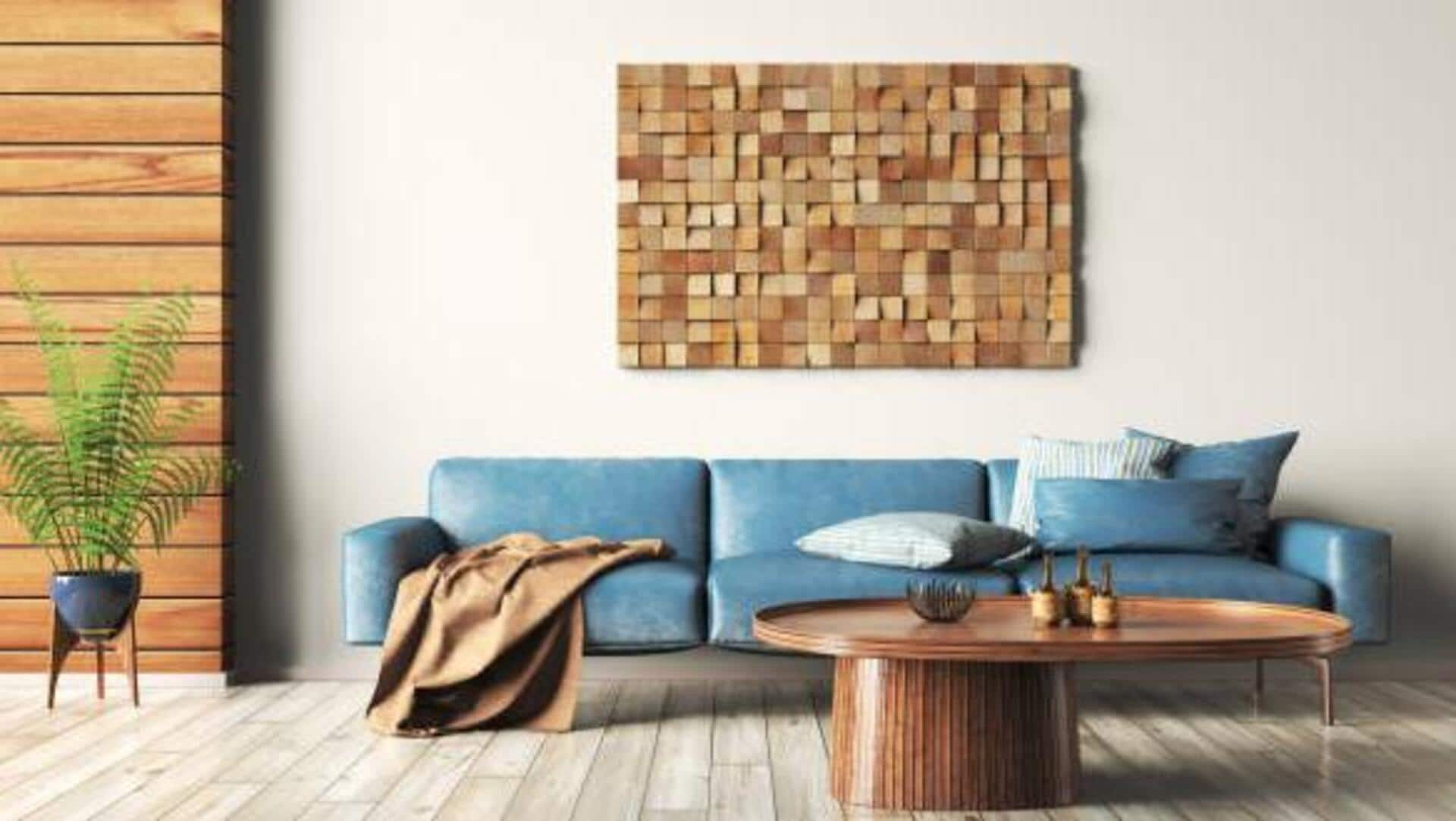
How to create stunning wall art from recycled materials
What's the story
Eco-friendly African wall art made from thrifted materials is a sustainable way to decorate while celebrating cultural heritage. Not only does this reduce waste, but it also supports creativity and resourcefulness. By using recycled items, you can create unique pieces that reflect traditional African aesthetics. The method of art-making encourages the use of available resources, promoting environmental consciousness and cultural appreciation in home decor.
Tip 1
Choosing the right materials
Choosing the right materials is key to making eco-friendly wall art. Search for stuff like old fabrics, beads, and wood pieces that can be reused. They are usually available at thrift stores or second-hand shops for cheap. Using such things not only reduces waste but also makes the artwork unique, reflecting both sustainability and creativity.
Tip 2
Incorporating traditional patterns
Adding traditional African patterns to your wall art can make it more culturally relevant. Look up various designs such as geometric shapes or tribal motifs that are common in different parts of Africa. The patterns can then be painted or stitched onto the selected materials, giving them more depth and authenticity while paying homage to culture.
Tip 3
Utilizing natural dyes
Natural dyes also provide an eco-friendly alternative for coloring the fabrics used in wall art projects. By using ingredients like turmeric, beetroot, or coffee grounds, you can create vibrant hues without any harmful chemicals. Experimenting with these natural dyes gives you a whole array of colors that go beautifully with traditional African designs while keeping things environment-friendly.
Tip 4
Assembling your artwork creatively
Finally, assembling your artwork is about creatively putting all selected elements together. Use techniques such as weaving fabric strips together or layering different textures to add dimension. Think about how each component works with the others to create a balanced composition that reflects personal style and cultural influences without compromising on sustainability principles.